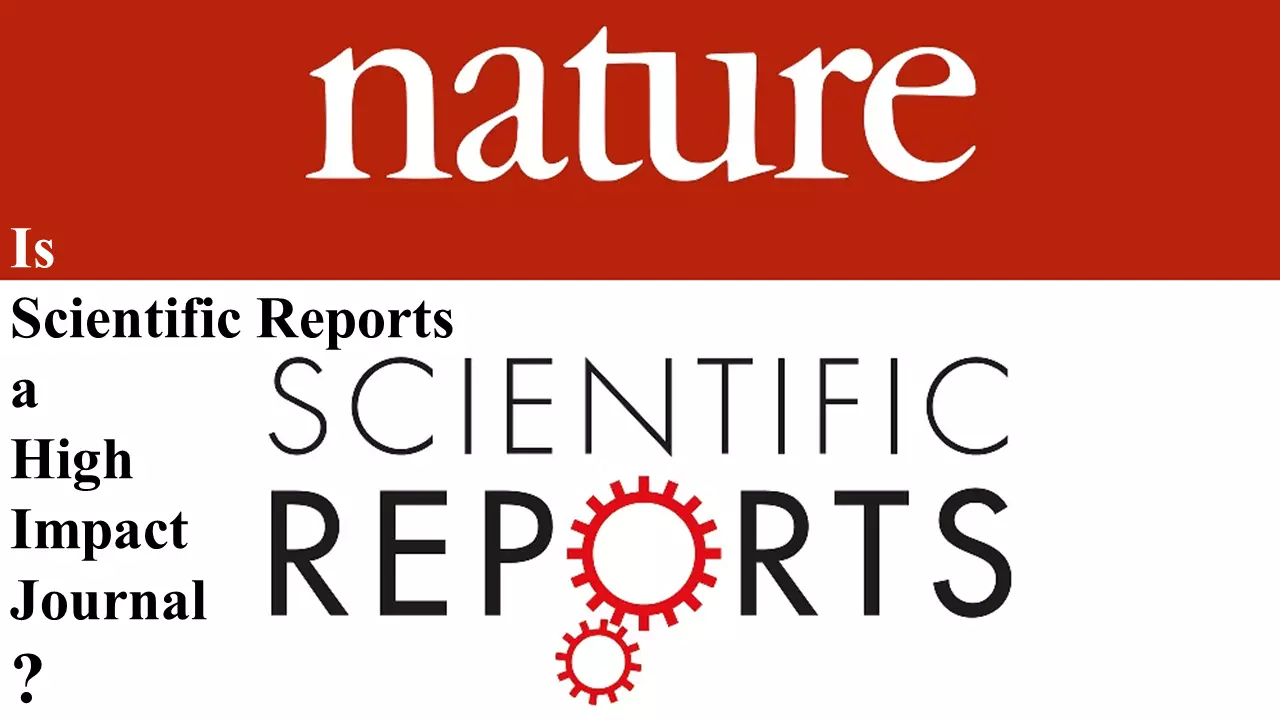Are you planning to publish your valuable article in Scientific Reports? Wait, you must know whether this journal has a high or low impact factor.
In this blog, I will walk you through the Scientific Reports Impact Factor history, which will help you decide whether you should consider this journal for the publication or not.
Scientific Reports Impact Factor
Scientific Reports, an open-access journal under the esteemed banner of the Nature Publishing Group, impressively draws a substantial readership, attracting roughly 2.7 million visitors monthly. The current impact factor of this Journal is 4.6 (2022)as per the Clarivate Analytics (2023). It has earned this distinction through its unwavering dedication to publishing meticulously researched and methodologically rigorous articles that span an expansive array of scientific and technological fields. A notable feature of this journal is that authors maintain ownership of the copyrights to their work.
Understanding Journal Impact
Before we delve into the specifics of Scientific Reports, it’s essential to understand what constitutes a “high impact” journal. The journal impact factor is a measure that reflects the average number of citations to articles published in science and social science journals. It is often used as a metric for assessing the importance and influence of a particular journal within its field. The impact factor is calculated by dividing the number of citations in a given year to articles published in the two preceding years by the total number of articles published in those two years. While it can provide some insight into a journal’s prestige, it’s essential to note that the impact factor has its limitations and may not capture the full picture of a journal’s quality. Some critics argue that it can be influenced by the type of articles a journal publishes and may not accurately represent the impact of individual articles. Researchers often use a combination of metrics and qualitative assessments to evaluate journals. With a 2-year impact factor of 4.6 (as of 2022) and a remarkable position as the fifth most-cited journal globally, Scientific Reports continues to be a leading player in the academic publishing landscape.
Factors Contributing to Scientific Reports Impact Factor
Multidisciplinary Approach: One key factor contributing to Scientific Reports’ impact is its multidisciplinary nature. This includes a broad spectrum of subjects, encompassing specialized topics, interdisciplinary significance, reports of negative findings, and scientifically validated replications.
Open Access: Scientific Reports operates on an open-access model, meaning that its content is freely accessible to anyone with an internet connection. The choice to publish within an open-access framework offers a host of advantages, such as unrestricted online accessibility, the reach and visibility of published research, potentially leading to more citations, expanded opportunities for collaboration, and adherence to open-access mandates.
Rigorous Peer Review: The journal maintains a rigorous peer review process, ensuring the quality and validity of the research it publishes. This commitment to high standards enhances its credibility among researchers. Editorial decisions are meticulously overseen by an Editorial Board comprising active researchers who manage the peer review process and select the manuscripts to be published.
Swift Publication: Scientific Reports is known for its efficient publication process. Authors often experience shorter submission-to-publication timelines compared to many traditional journals, making it an attractive choice for researchers seeking quick dissemination of their findings.
Accessibility: Articles within this journal are easily accessible on open-access platforms, like nature.com, with no associated subscription fees or registration prerequisites. Its extensive indexing in respected databases, such as Web of Science, PubMed, PubMed Central, Scopus, Dimensions, Google Scholar, DOAJ, and SAO/NASA ADS, underscores its prominent status.
APC Support at Scientific Reports
To feature their work in Scientific Reports, authors whose articles are accepted are required to cover an article processing charge (APC), established upon acceptance. Nevertheless, Springer Nature offers a valuable open access (OA) support service that simplifies the process of securing funding for OA publication charges, with access to global funding, institutional support, and open access block grants. Springer Nature also extends APC waivers and discounts for fully open access journals, emphasizing that such requests should be submitted during the initial article submission.
Conclusion
In conclusion, Scientific Reports Impact Factor is high (4.6 impact factor) and this journal has gained this through its dedication to disseminating quality research across diverse scientific domains. Its commitment to open access and efficient publication processes aligns with the evolving landscape of academic publishing, making it an attractive platform for researchers worldwide.
For submission guidelines and more information, visit https://www.nature.com/srep/author-instructions/submission-guidelines
For more information on funding and processing charges, visit https://www.nature.com/srep/open-access#apc
About Publisher
IR Research Publication is publisher, editorial, and profile building service provider and assists the scholars with resume, curriculum vitae, cover letter, and statement of purpose building.
If you like this article, then visit our Blog page for more such articles.



